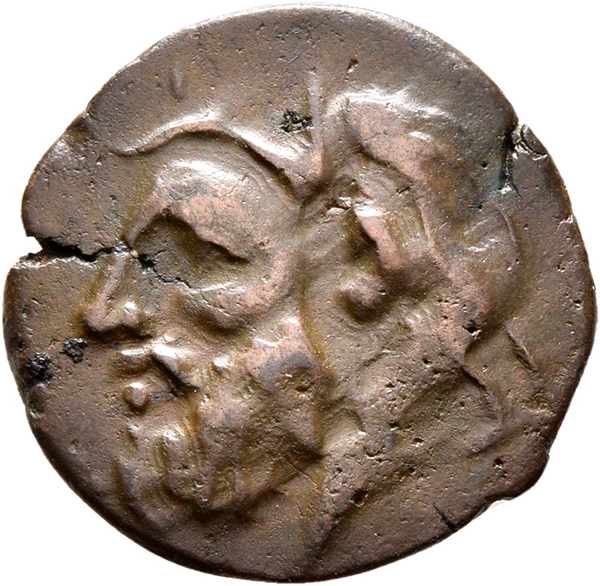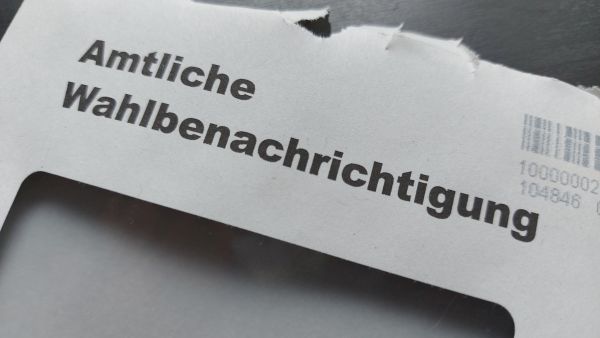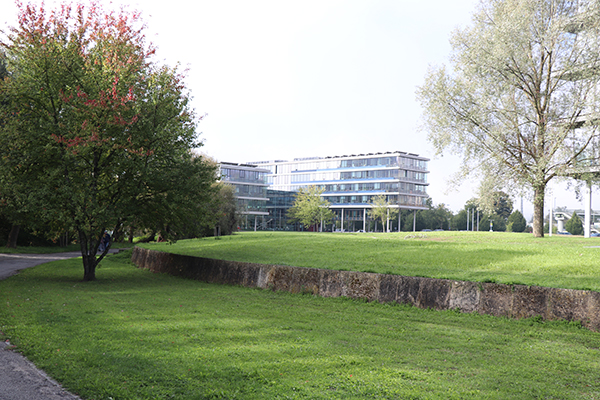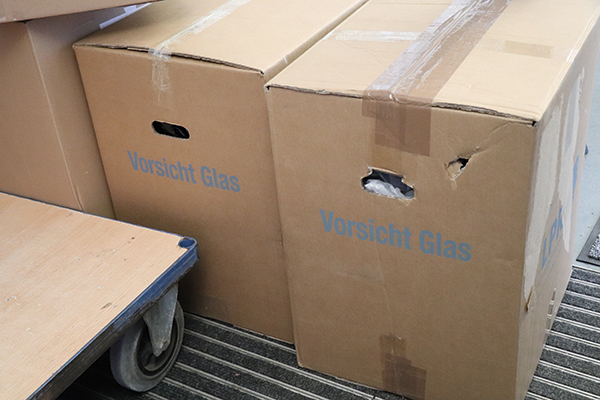By Stefan Krmnicek
Anyone reading the news these days in March 2022 will hear about fierce fighting in the towns and villages along the river Southern Bug. As a wide stream, it forms a natural and thus militarily strategic barrier in the coastal area between the port cities of Odessa in the west and Kherson in the east. On the western bank of its river mouth lie the ruins of the ancient city of Olbia. This settlement was founded by Greeks from Miletus and served as a trading centre for the export of goods, such as grain and slaves, from the steppe zone north of the Black Sea and for the import of goods, such as luxury and utilitarian pottery, to the land of the Scythians. Even in Roman times, a city existed on the site where Mediterranean lifestyle was cultivated, as we know, for example, from a detailed report by the writer and philosopher Dion of Prusa from the 1st century AD.
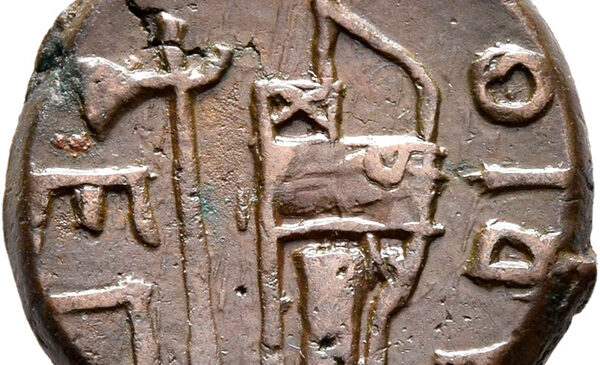
The coin collection of the Institute of Classical Archaeology at the University of Tübingen owns several coins from ancient Olbia, one of which will be presented here in more detail. The bronze coin with the inventory number I 603/6aa weighs 4.69 g and has a diameter of 19 mm. It entered the Tübingen collection in 1888 as part of the bequest of Karl von Schäffer, the former director of what was formerly known as the “lunatic asylum” of Zwiefalten. High-resolution images and more information of the coin are freely available at https://www.ikmk.uni-tuebingen.de/object?id=ID9937 in the Digital Coin Cabinet of the Institute for Classical Archaeology. On the obverse of the coin, we see the head of a bearded man with long, wavy hair to the left in profile. This represents the river god Borysthenes, who gave his name to the river Dnieper. The reverse of the coin shows a bow in a bow pocket and a typical Scythian axe, the rear part of which is shaped into a curved spike. The fragmented inscription can be completed to OΛBIO as a reference to the city name Olbia and the monogram EΠI. The latter probably stands as an abbreviation for the name of a magistrate responsible for the coinage, perhaps a certain Epicrates.
So, what is special about this coin—apart from the fact that it is an ancient Greek coin from the current war zone in Ukraine? The political background against which this coin type was developed in Olbia is interesting: during the reign of Alexander the Great, around 331 BC, his governor in Thrace, the Macedonian Zopyrion, undertook a campaign to the northern Black Sea coast and laid siege to the city of Olbia. However, the capture failed. An ancient source speaks of Zopyrion’s army being defeated by the Scythians allied with the city of Olbia. After this event, Olbia began minting our coin type. The Scythian implements on the reverse and the portrait of the river god Borysthenes on the obverse, who also plays a central role as an ancestor in Scythian mythology, may have been chosen for the following reason: with these motifs, the city of Olbia perhaps intended to commemorate the successful defence against the siege with the Scythian assistance fighting the Macedonian aggressors. Thus, the coin is not only an exciting artefact from the north-eastern fringe of the ancient Mediterranean culture, but at the same time also a gloomy testimony to bloodshed more than 2000 years ago, which—just as today—only brings suffering and sorrow.
tun22032001
Antike griechische Bronzemünze von der ukrainischen Schwarzmeerküste. Foto: Stefan Krmnicek, Universität Tübingen.

